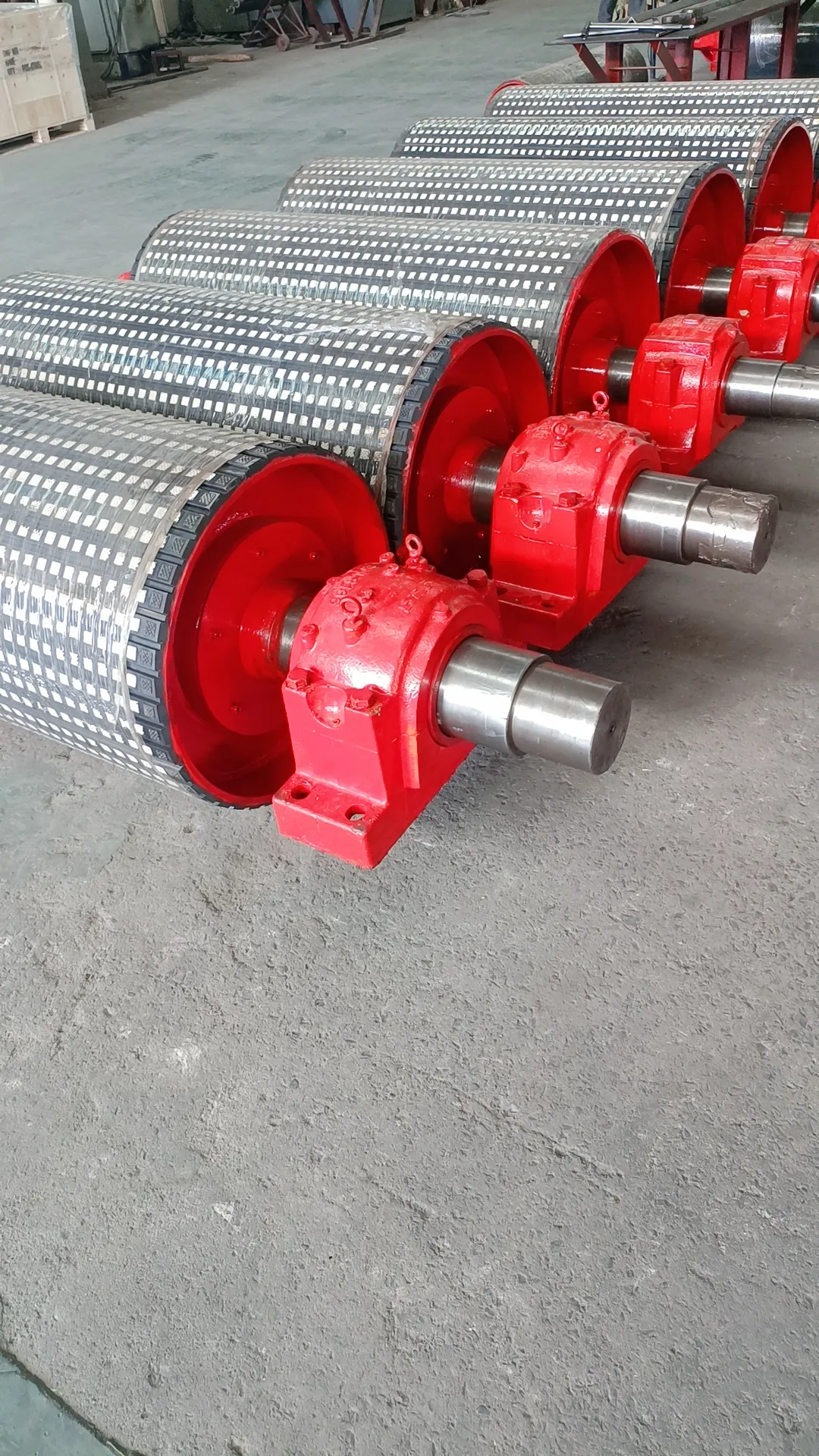 Afrikaans
Afrikaans  Albanian
Albanian  Amharic
Amharic  Arabic
Arabic  Armenian
Armenian  Azerbaijani
Azerbaijani  Basque
Basque  Belarusian
Belarusian  Bengali
Bengali  Bosnian
Bosnian  Bulgarian
Bulgarian  Catalan
Catalan  Cebuano
Cebuano  Corsican
Corsican  Croatian
Croatian  Czech
Czech  Danish
Danish  Dutch
Dutch  English
English  Esperanto
Esperanto  Estonian
Estonian  Finnish
Finnish  French
French  Frisian
Frisian  Galician
Galician  Georgian
Georgian  German
German  Greek
Greek  Gujarati
Gujarati  Haitian Creole
Haitian Creole  hausa
hausa  hawaiian
hawaiian  Hebrew
Hebrew  Hindi
Hindi  Miao
Miao  Hungarian
Hungarian  Icelandic
Icelandic  igbo
igbo  Indonesian
Indonesian  irish
irish  Italian
Italian  Japanese
Japanese  Javanese
Javanese  Kannada
Kannada  kazakh
kazakh  Khmer
Khmer  Rwandese
Rwandese  Korean
Korean  Kurdish
Kurdish  Kyrgyz
Kyrgyz  Lao
Lao  Latin
Latin  Latvian
Latvian  Lithuanian
Lithuanian  Luxembourgish
Luxembourgish  Macedonian
Macedonian  Malgashi
Malgashi  Malay
Malay  Malayalam
Malayalam  Maltese
Maltese  Maori
Maori  Marathi
Marathi  Mongolian
Mongolian  Myanmar
Myanmar  Nepali
Nepali  Norwegian
Norwegian  Norwegian
Norwegian  Occitan
Occitan  Pashto
Pashto  Persian
Persian  Polish
Polish  Portuguese
Portuguese  Punjabi
Punjabi  Romanian
Romanian  Russian
Russian  Samoan
Samoan  Scottish Gaelic
Scottish Gaelic  Serbian
Serbian  Sesotho
Sesotho  Shona
Shona  Sindhi
Sindhi  Sinhala
Sinhala  Slovak
Slovak  Slovenian
Slovenian  Somali
Somali  Spanish
Spanish  Sundanese
Sundanese  Swahili
Swahili  Swedish
Swedish  Tagalog
Tagalog  Tajik
Tajik  Tamil
Tamil  Tatar
Tatar  Telugu
Telugu  Thai
Thai  Turkish
Turkish  Turkmen
Turkmen  Ukrainian
Ukrainian  Urdu
Urdu  Uighur
Uighur  Uzbek
Uzbek  Vietnamese
Vietnamese  Welsh
Welsh  Bantu
Bantu  Yiddish
Yiddish  Yoruba
Yoruba  Zulu
Zulu Understanding Drive Pulleys in Belt Conveyor Systems for Enhanced Efficiency
The Role of Drive Pulleys in Belt Conveyors
Belt conveyors are a crucial component in various industries, serving as an efficient method for transporting materials over long distances. A vital part of these systems is the drive pulley, which plays a significant role in the overall effectiveness and reliability of the conveyor. This article explores the function, types, maintenance, and importance of drive pulleys in belt conveyor systems.
Understanding the Drive Pulley
The drive pulley is the component of a belt conveyor that is responsible for moving the conveyor belt. It is typically located at one end of the conveyor system and is connected to a motor or other driving mechanism. When the motor turns the drive pulley, it causes the belt to move, enabling the transport of materials from one point to another.
Drive pulleys come in various designs and sizes, depending on the specific requirements of the conveyor system. They can be either crowned (conical shape) or flat, with crowned pulleys often providing better tracking capabilities. The choice of design can impact the performance and longevity of the belt conveyor.
Types of Drive Pulleys
Drive pulleys can be categorized into several types based on their construction and function
1. Drive Pulley with Lagging Lagging is a layer of material applied to the surface of the drive pulley to increase friction between the pulley and the belt. This is essential for minimizing slippage, especially in applications where heavy materials are being conveyed.
2. Treaded Pulleys These pulleys have a tread pattern on their surface, which enhances traction. Treaded pulleys are particularly useful in steep incline applications.
3. Self-Adjusting Pulleys These are equipped with mechanisms that help keep the belt centered and aligned, reducing wear on both the belt and the pulleys.
4. Variable Speed Pulleys Some systems require the ability to adjust the speed of the conveyor belt. These drive pulleys are connected to variable frequency drives (VFDs) that allow for speed modification based on the material being transported.
Importance of Drive Pulleys
Drive pulleys are central to the performance of belt conveyors. Their importance can be summarized in several key points
drive pulley in belt conveyor

- Efficient Material Handling By providing the necessary force to move the belt, drive pulleys ensure efficient transport of materials, enhancing overall productivity in industries such as mining, manufacturing, and logistics.
- Reduced Wear and Tear Quality drive pulleys, especially those with appropriate lagging, can minimize belt slippage, thereby reducing wear on both the belt and the pulleys themselves. This leads to lower maintenance costs and longer service life.
- Safety and Reliability A well-functioning drive pulley system is critical to preventing accidents in material handling operations. Ensuring proper alignment and function can help avoid malfunctioning, which could lead to potentially hazardous situations for workers.
- Versatile Applications The adaptability of drive pulleys allows for their use in various applications, from transporting bulk materials to moving finished products. This versatility makes them indispensable in numerous sectors.
Maintenance of Drive Pulleys
To ensure optimal performance and longevity, regular maintenance of drive pulleys is essential. Key maintenance practices include
- Inspections Routine checks can help identify wear, misalignment, or damage to the pulleys. This allows for corrective actions before more severe issues arise.
- Lubrication Keeping bearings properly lubricated is vital for reducing friction and wear. Regular lubrication can significantly extend the life of the drive pulley.
- Cleaning Dirt and debris can accumulate on the pulley surfaces, affecting performance. Regular cleaning prevents build-up and ensures proper operation.
- Monitoring Performance Using monitoring systems to track the performance of the drive pulleys can help detect issues early on, leading to timely maintenance and reduced downtime.
Conclusion
Drive pulleys play a fundamental role in the functionality of belt conveyors. Their design, maintenance, and operational strategies significantly impact the efficiency, safety, and durability of material handling systems. As industries continue to rely on conveyor systems for efficient material movement, understanding the significance of drive pulleys will remain critical for optimizing performance and ensuring reliable operations in various applications.
-
Revolutionizing Conveyor Reliability with Advanced Rubber Lagging PulleysNewsJul.22,2025
-
Powering Precision and Durability with Expert Manufacturers of Conveyor ComponentsNewsJul.22,2025
-
Optimizing Conveyor Systems with Advanced Conveyor AccessoriesNewsJul.22,2025
-
Maximize Conveyor Efficiency with Quality Conveyor Idler PulleysNewsJul.22,2025
-
Future-Proof Your Conveyor System with High-Performance Polyurethane RollerNewsJul.22,2025
-
Driving Efficiency Forward with Quality Idlers and RollersNewsJul.22,2025





























